Contact Us
STATEN ISLAND FIBERAMA
STATEN ISLAND FIBERAMA
When it comes to enhancing the exterior of your home, few elements are as impactful as the right door awning. A door awning not only serves a functional purpose by providing protection against the elements, but it also adds a unique aesthetic appeal to your entryway. With numerous styles and materials available, selecting the perfect door awning can seem overwhelming. This guide aims to simplify the decision-making process by breaking down the various options, their features, and how they can complement your overall home design.
In this comprehensive guide, we will explore the different styles of door awnings, ranging from traditional to modern designs, as well as various materials such as fabric, metal, and polycarbonate. Every choice comes with its own set of advantages and considerations, making it essential to determine what best fits your needs and taste. Whether you're looking for something practical that shields your doorway from rain, or a stylish piece that enhances curb appeal, our guide will equip you with the knowledge needed to make an informed decision on the perfect door awning for your home.
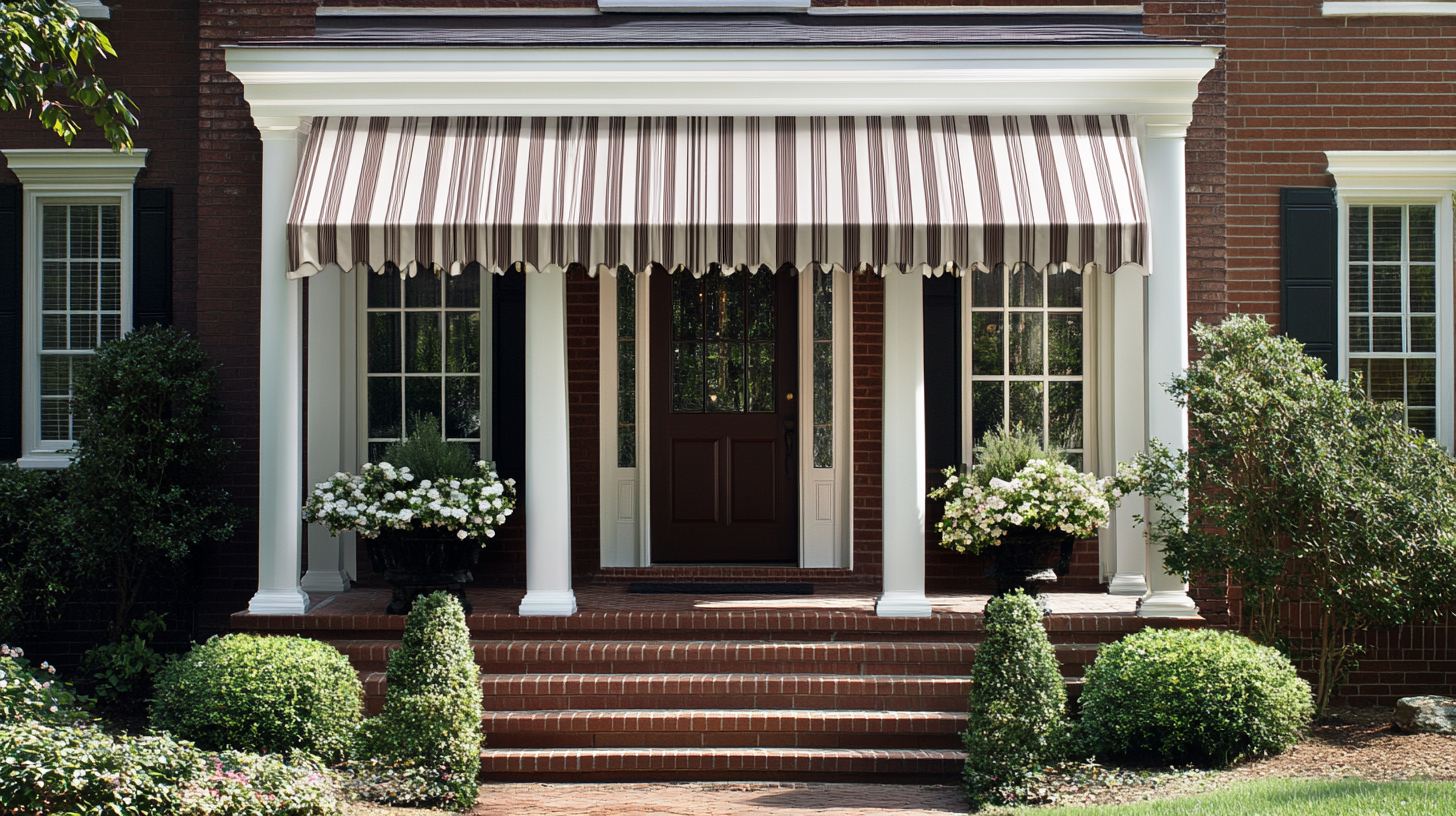
Door awnings play a crucial role in enhancing the curb appeal and overall value of a property. A well-chosen awning not only serves a functional purpose—providing shelter from rain and sun—but also adds an aesthetic charm that can significantly elevate a home's exterior. According to a report from the National Association of Realtors, properties that exhibit enhanced curb appeal can see a value increase of up to 14%. This statistic underscores the importance of investing in features like door awnings that complement the architectural style of a home. In addition to aesthetics and property value, door awnings contribute to energy efficiency. The U.S. Department of Energy reports that properly installed awnings can reduce solar heat gain by up to 65% on south-facing windows and 77% on west-facing ones. This energy-saving benefit not only lowers cooling costs during warmer months but also makes the home more comfortable year-round. As homeowners look for ways to improve both environmental sustainability and energy efficiency, door awnings present an attractive solution. Moreover, door awnings can extend the life of entry doors and nearby furnishings by providing shade and protection from the elements. Exposure to UV rays and harsh weather can cause materials to deteriorate over time, leading to costly repairs or replacements. By mitigating these risks, door awnings help preserve the integrity of home structures, thus safeguarding property investment for the long term. Such strategic enhancements in property design can ultimately result in significant financial returns, making door awnings an investment worth considering for any homeowner looking to increase their home's marketability and longevity.
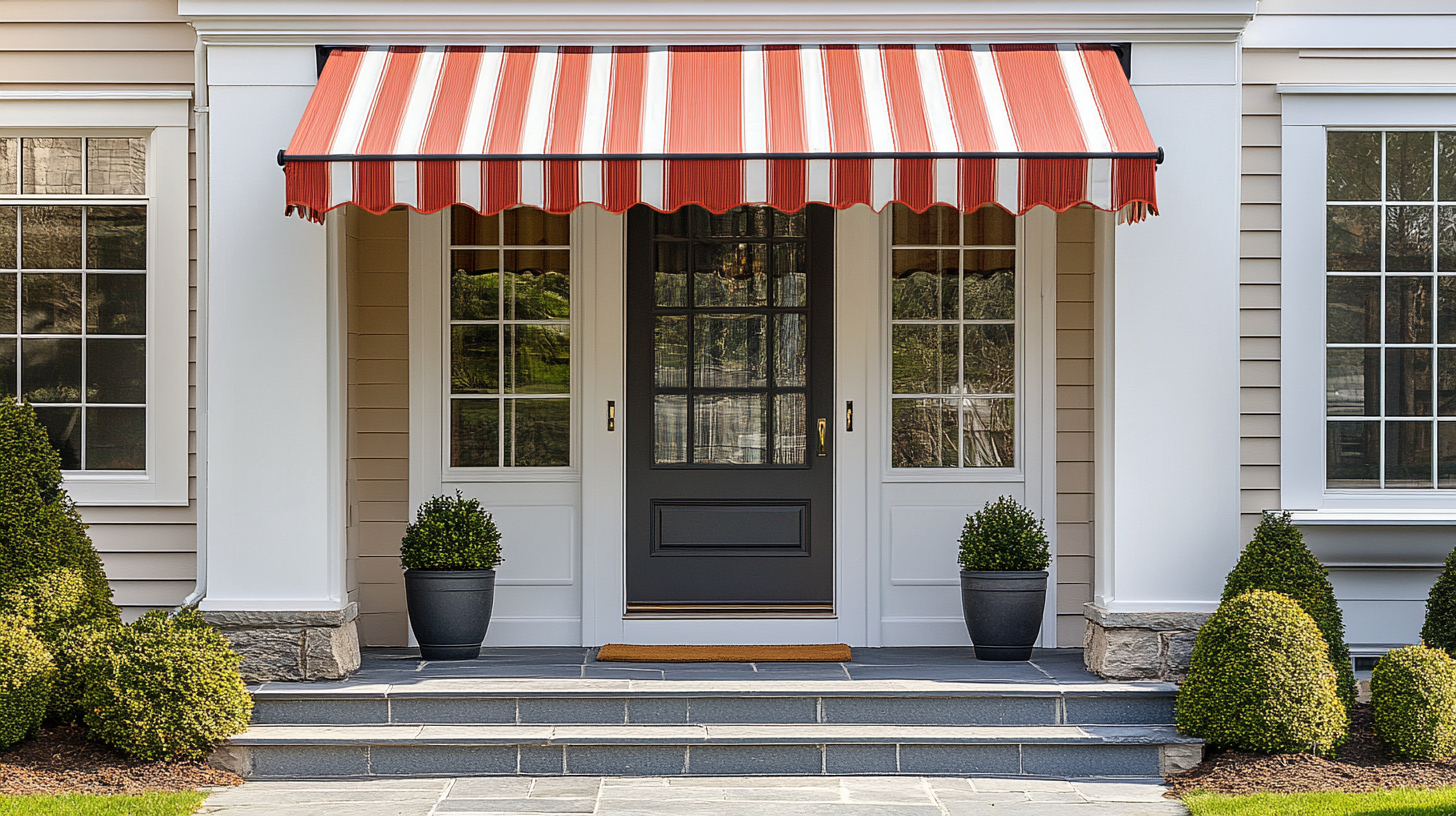
When selecting the perfect door awning, the choice of materials plays a crucial role in determining its durability, aesthetic appeal, and maintenance requirements. Among the most popular materials are aluminum, acrylic, and fabric, each offering distinct benefits that cater to different needs and styles.
Aluminum awnings are renowned for their strength and longevity. They can withstand harsh weather conditions while providing a modern, sleek look that complements various architectural styles. Furthermore, aluminum is low-maintenance, requiring only occasional cleaning to retain its appearance. These attributes make aluminum a top choice for homeowners looking for a long-term investment.
On the other hand, acrylic awnings are noted for their transparency and vibrant colors, making them an excellent option for those aiming to enhance the entrance's visual charm without compromising on weather protection. Acrylic materials are lightweight, allowing for easy installation, but they may require more maintenance to prevent fading over time. For a more traditional or charming touch, fabric awnings can add warmth and character to any doorway. Though they may require regular cleaning and seasonal checks to ensure longevity, their versatility in patterns and colors allows for customized aesthetics that elevate the overall curb appeal.
As the U.S. windows and doors market continues to grow, homeowners are increasingly aware of the impact that high-quality awnings can have on both the functionality and visual aspects of their homes. By understanding the advantages and maintenance needs of varying materials, individuals can make informed choices that enhance their home's beauty and usability.
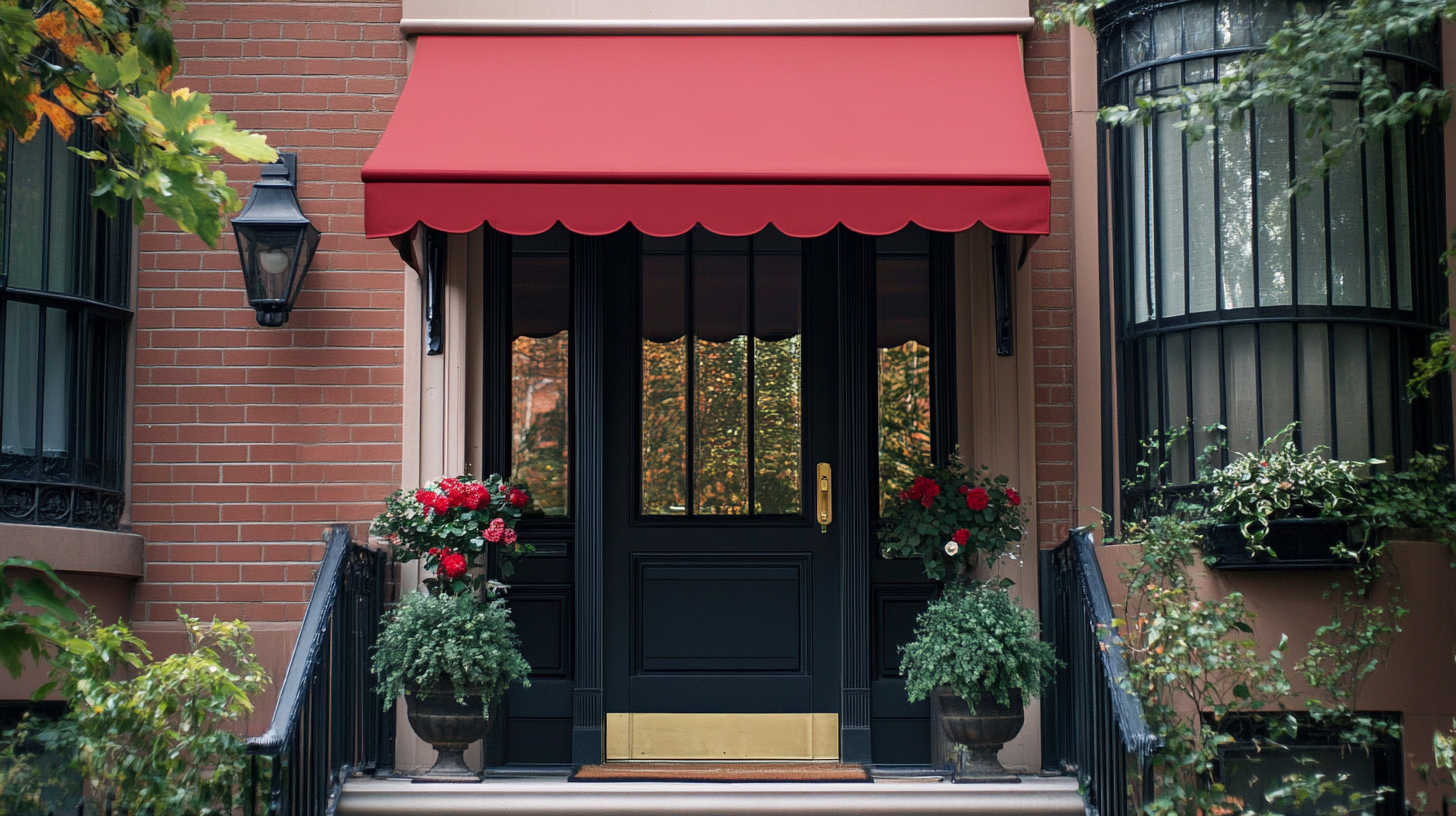
When it comes to enhancing the entrance of your home, choosing the right door awning can significantly impact both aesthetics and functionality. The design and style of the awning should complement your home’s architectural elements while also providing shelter and protection from the elements. From classic styles that exude traditional charm to contemporary designs that embrace modern minimalism, the options are plentiful.
Classic door awnings often feature intricate detailing, such as scrollwork and elaborate fabrics. These awnings typically come in timeless materials like wrought iron or wood, creating a vintage vibe that resonates with rustic or colonial-style homes. They not only shield the entrance from rain and sun but also add a touch of elegance, making your home feel inviting and warm.
On the other hand, contemporary door awnings are characterized by their sleek lines and minimalist design. Often made from materials like aluminum or fiberglass, these awnings are designed for durability and modern appeal. They serve as a perfect match for sleek, modern homes, offering a clean look while effectively protecting the doorway. With a variety of colors and finishes available, homeowners can select a design that harmonizes with their façade, ensuring a seamless integration into the overall aesthetic of their property.
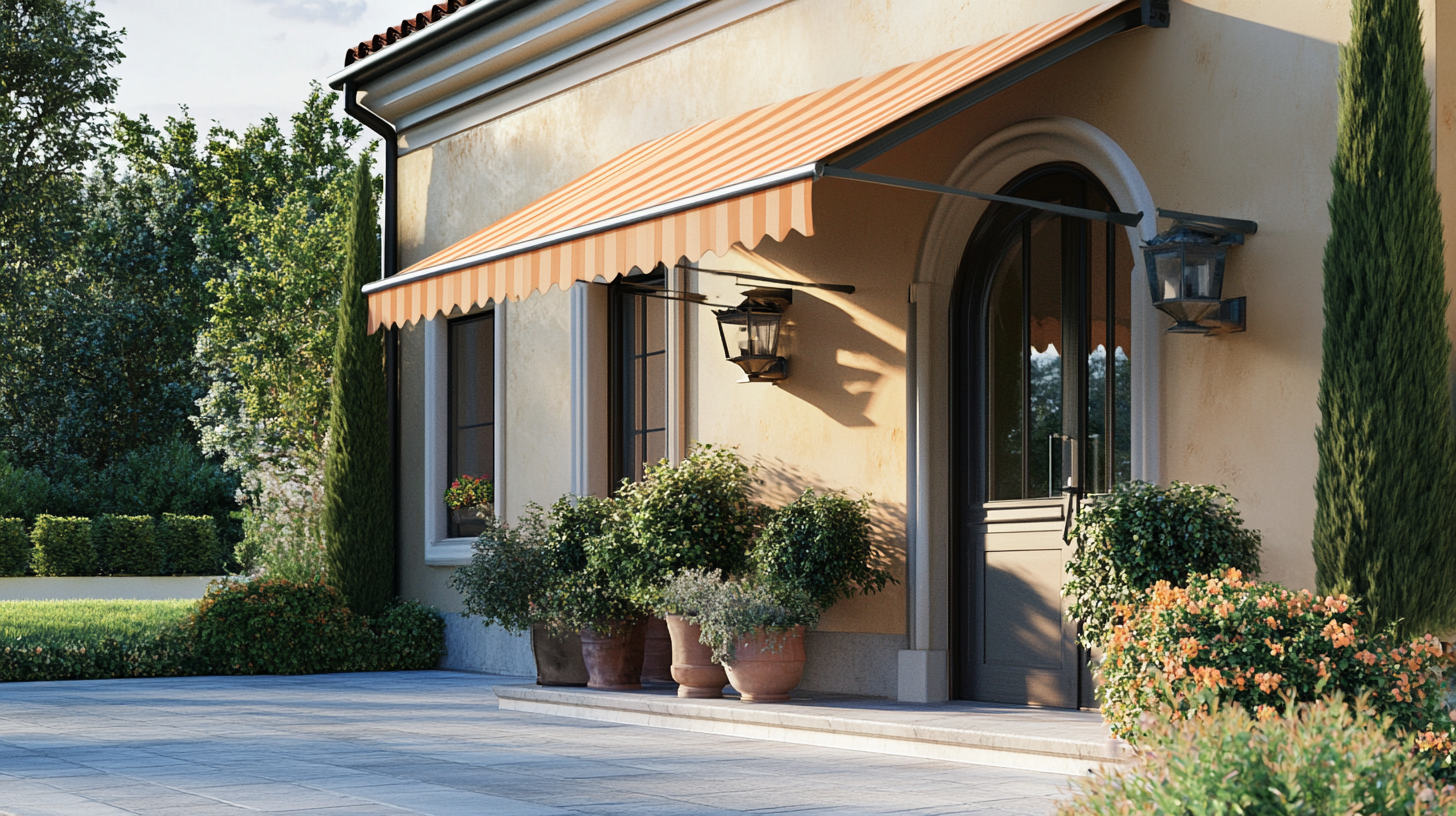
When selecting a door awning, weather resistance and energy efficiency should be paramount in your decision-making process. An awning acts as a protective barrier against the elements, shielding your entryway from rain, snow, and intense sunlight. Materials like high-grade aluminum and PVC-coated fabrics are known for their durability and long-term performance, ensuring they can withstand harsh weather conditions. A well-installed awning not only prevents water damage but also minimizes the wear and tear on your door and entryway, prolonging their lifespan.
Beyond protection, the right awning contributes significantly to energy efficiency in your home. By blocking direct sunlight during the hottest months, awnings can help regulate indoor temperatures, reducing the need for excessive air conditioning. This not only leads to lower energy bills but also lessens your carbon footprint. When choosing your awning, consider materials that provide insulation properties, such as heavy-duty canvas, which can also keep heat from escaping during colder months, making it a year-round investment for energy savings.
In addition, the design and placement of your door awning can enhance your home's aesthetics while serving a functional purpose. Selecting light colors can reflect sunlight, reducing heat absorption, while darker hues may provide a sophisticated look. Thoughtfully integrating your awning with your home’s exterior can create a welcoming entrance while contributing to overall energy efficiency, making it an essential aspect of your home's design and performance.
When choosing the right door awning, it’s crucial to consider not only aesthetics but also the long-term financial implications. A well-selected awning can significantly impact energy efficiency in your home. According to the North American Awning Association, proper shading can reduce cooling costs by up to 65% in sunny climates. This is particularly pertinent given the rising energy prices seen across the nation. By investing in high-quality materials, homeowners can expect a return on investment that minimizes direct costs associated with energy consumption.
Cost analysis also plays a vital role in the decision-making process for door awnings. After an initial investment, maintenance and longevity become the focal points. For instance, metal awnings, while more expensive upfront, offer durability that can span decades, unlike fabric awnings, which typically require replacement every 5-10 years. A comparative study indicates that over a 20-year period, homeowners save nearly 30% on energy bills with metal awnings, making them a financially sound choice. This aligns with industry reports suggesting that investing in durable, energy-efficient products can yield substantial savings and environmental benefits, akin to the dual benefits seen in renewable energy projects like those in California, where resources are optimized to achieve both water conservation and energy production.
Overall, the choice of door awning is not just about immediate visual appeal but is also a strategic investment that can lead to long-term savings and enhanced home efficiency. As household budgets tighten and concerns over utility costs rise, understanding the economic advantages and sustainability factors becomes increasingly important.
© 2025 Fiberama All Rights Reserved.
